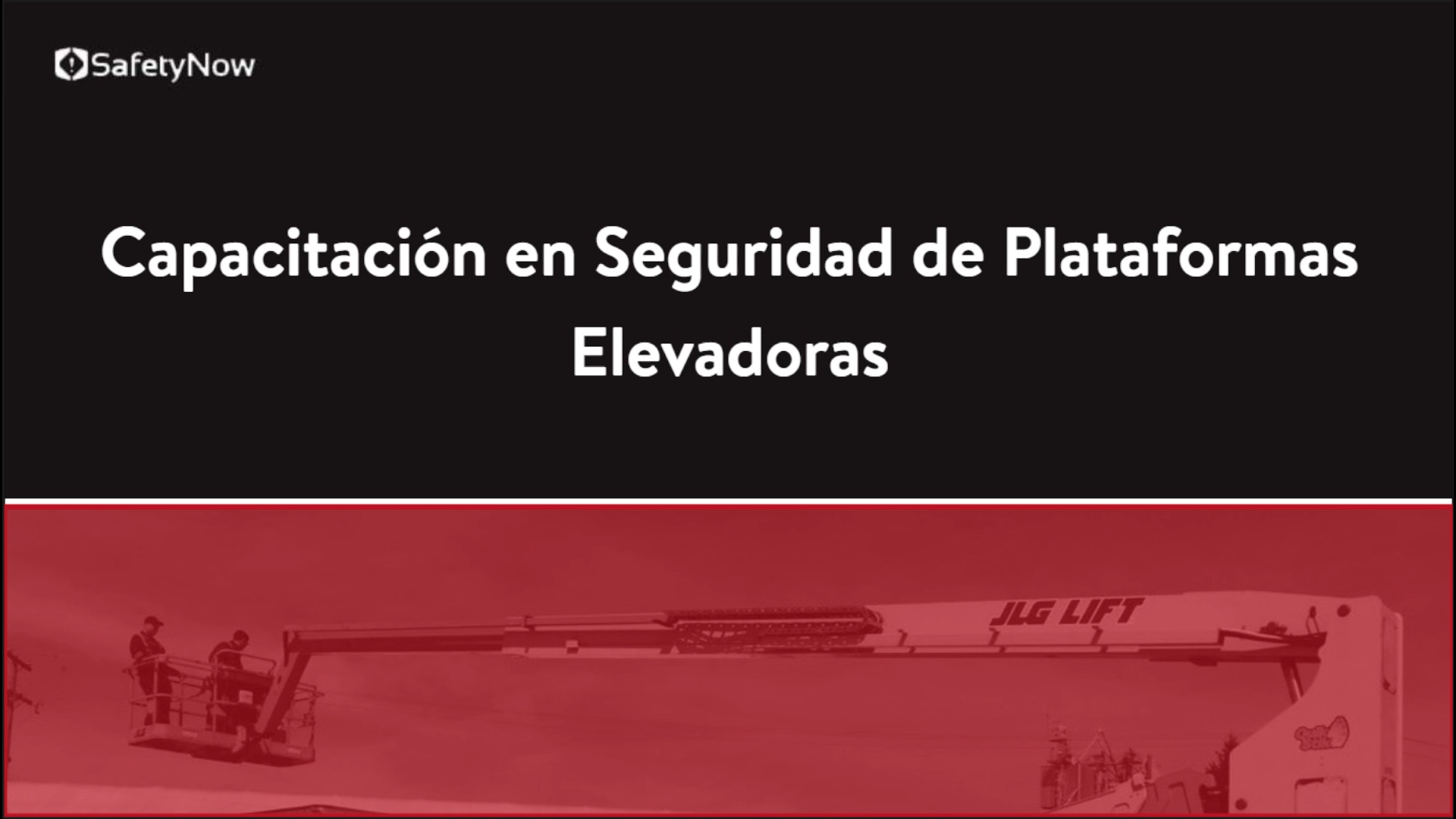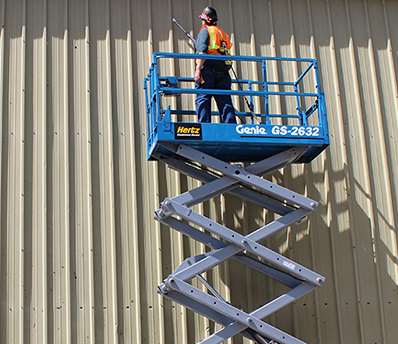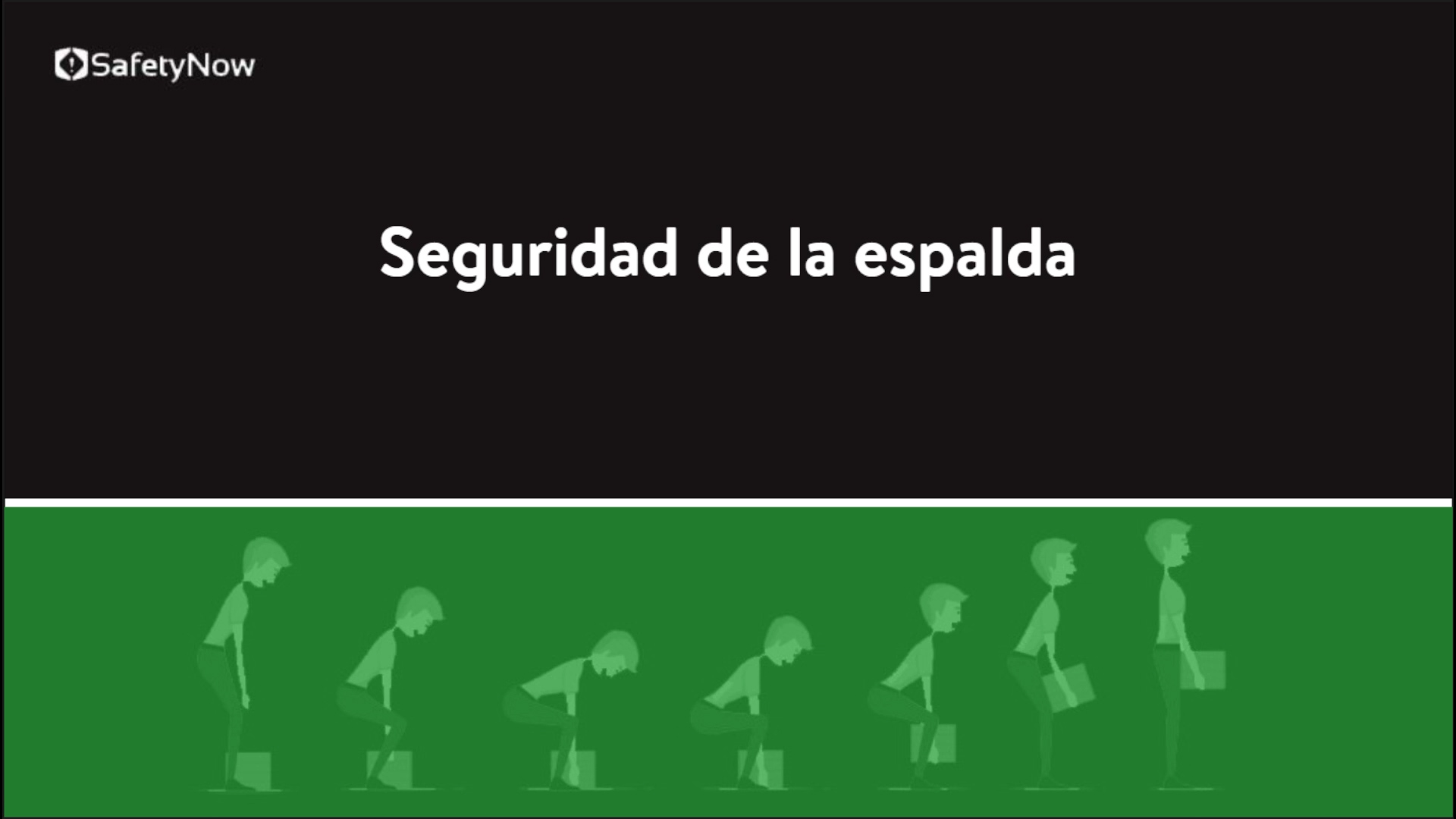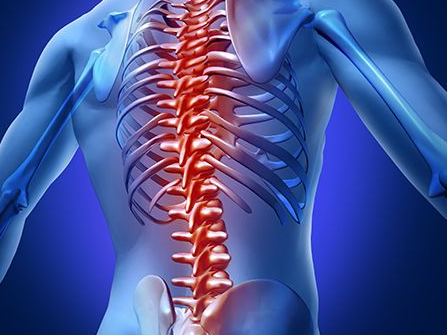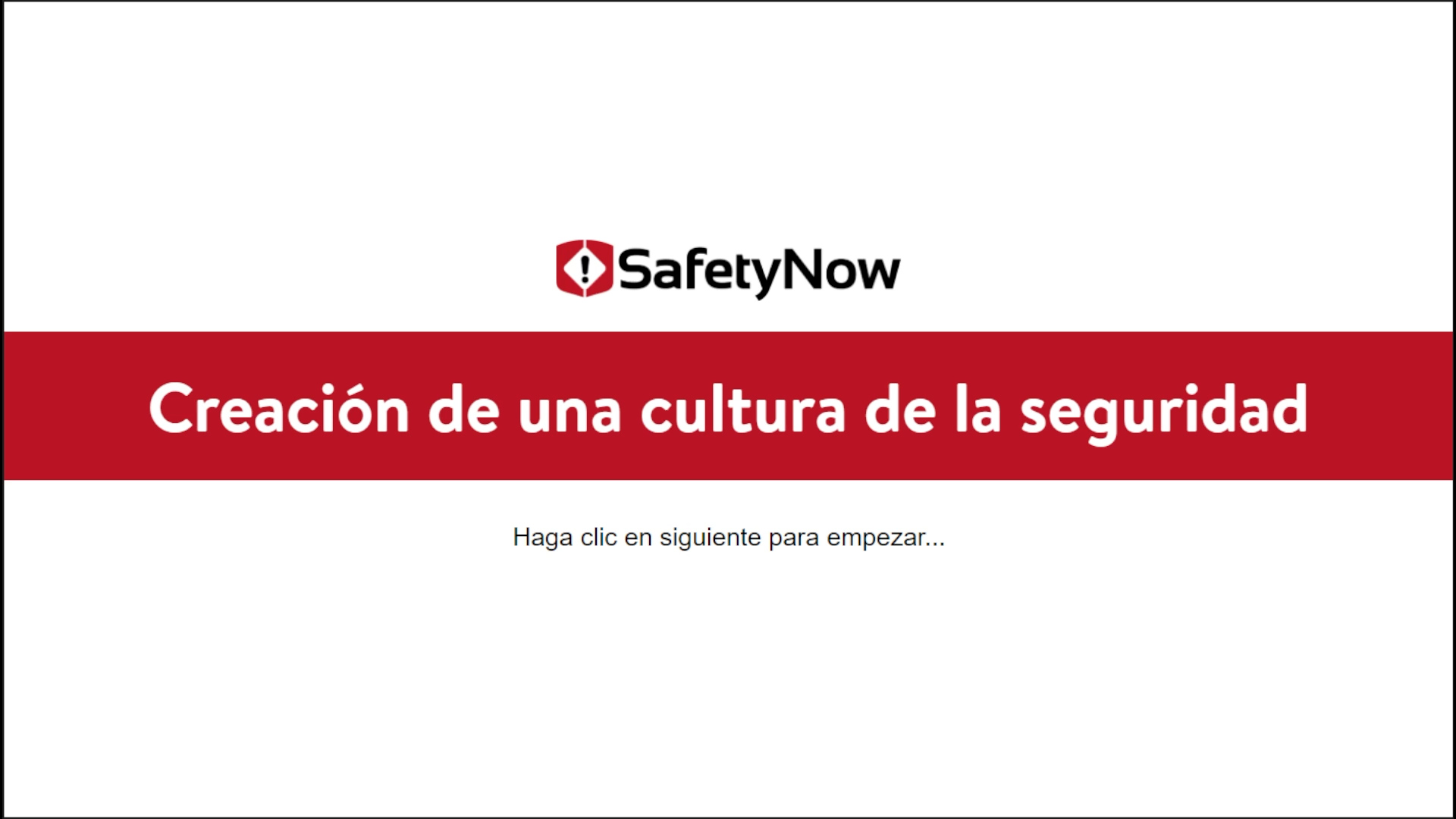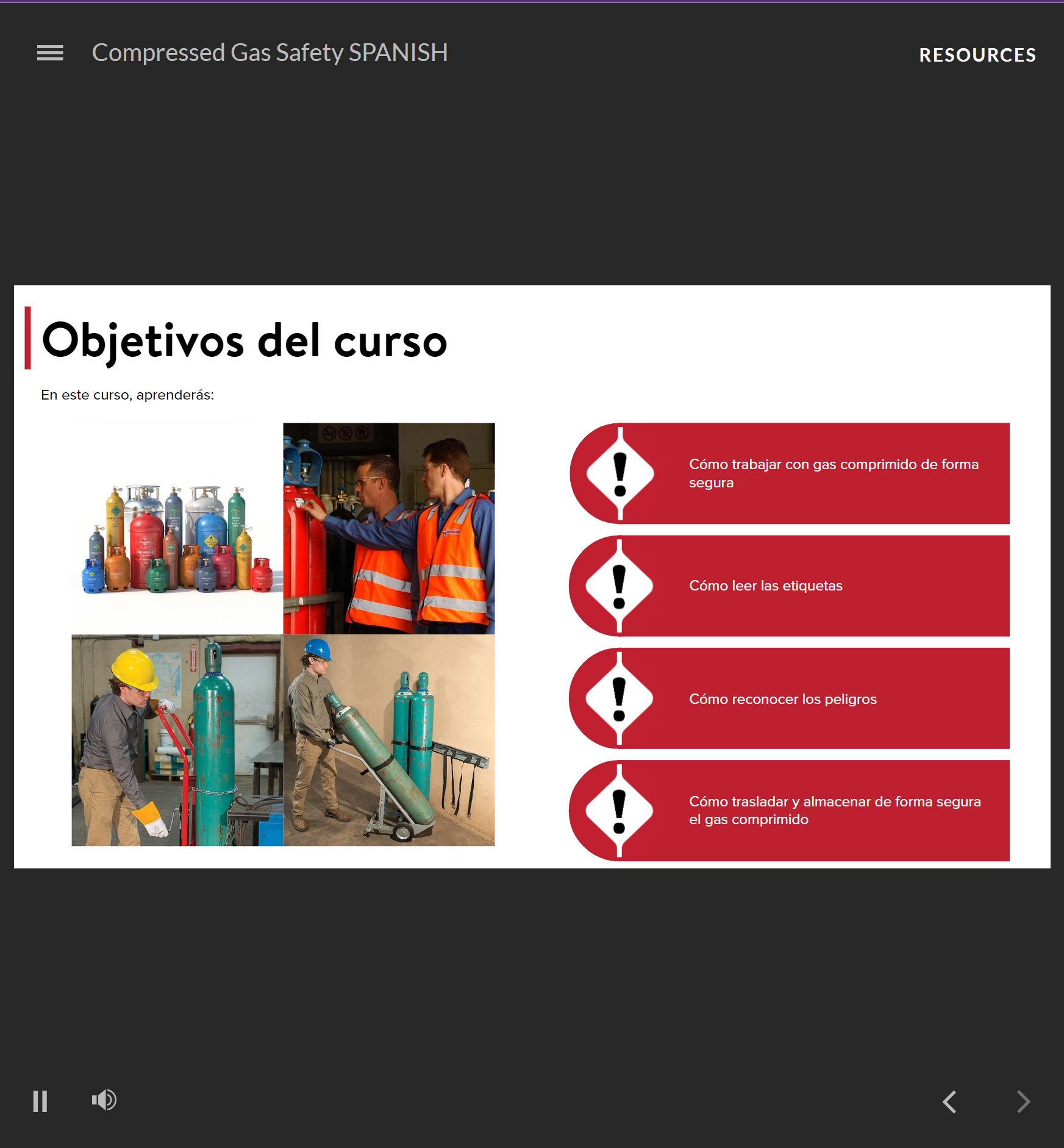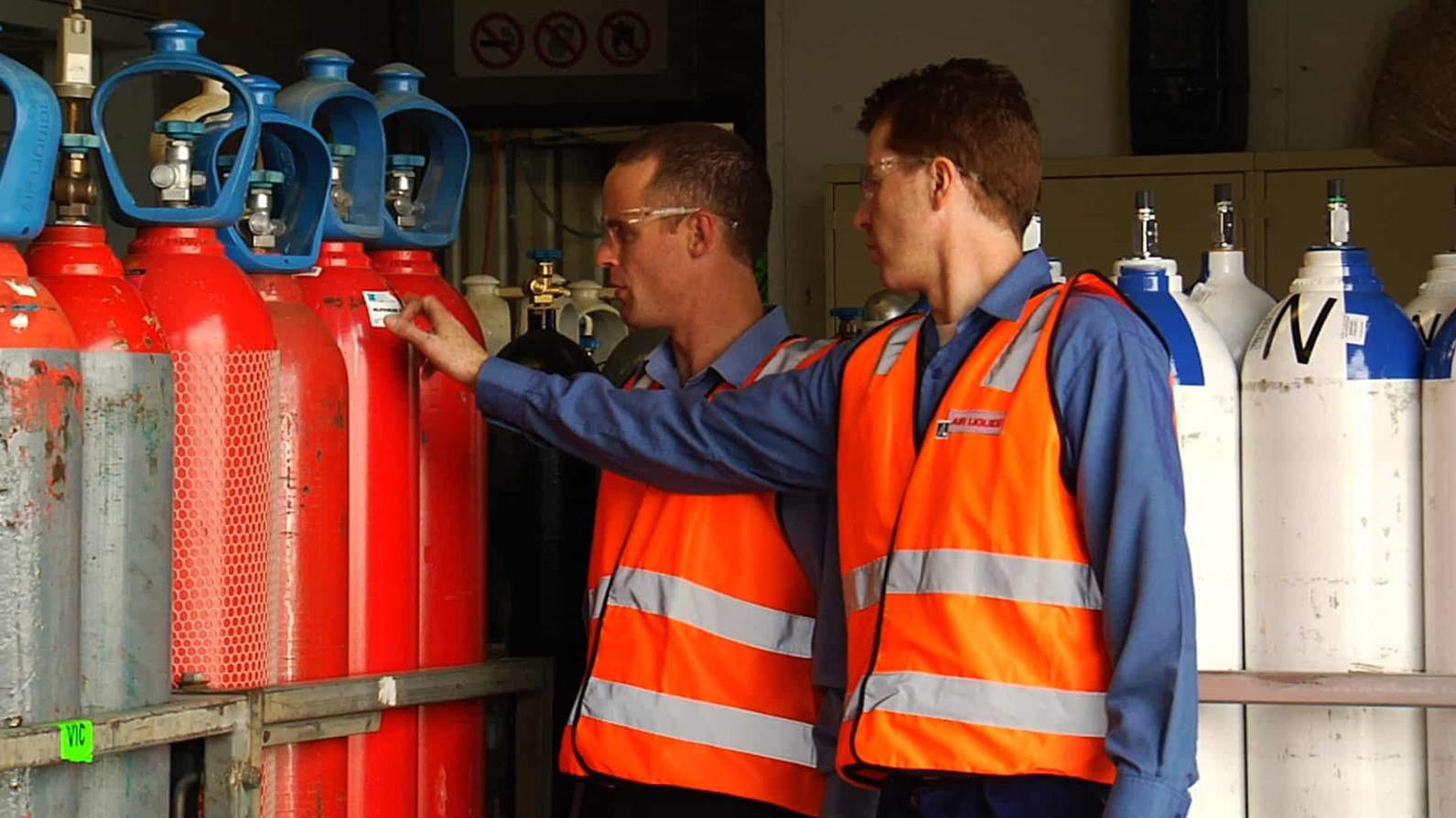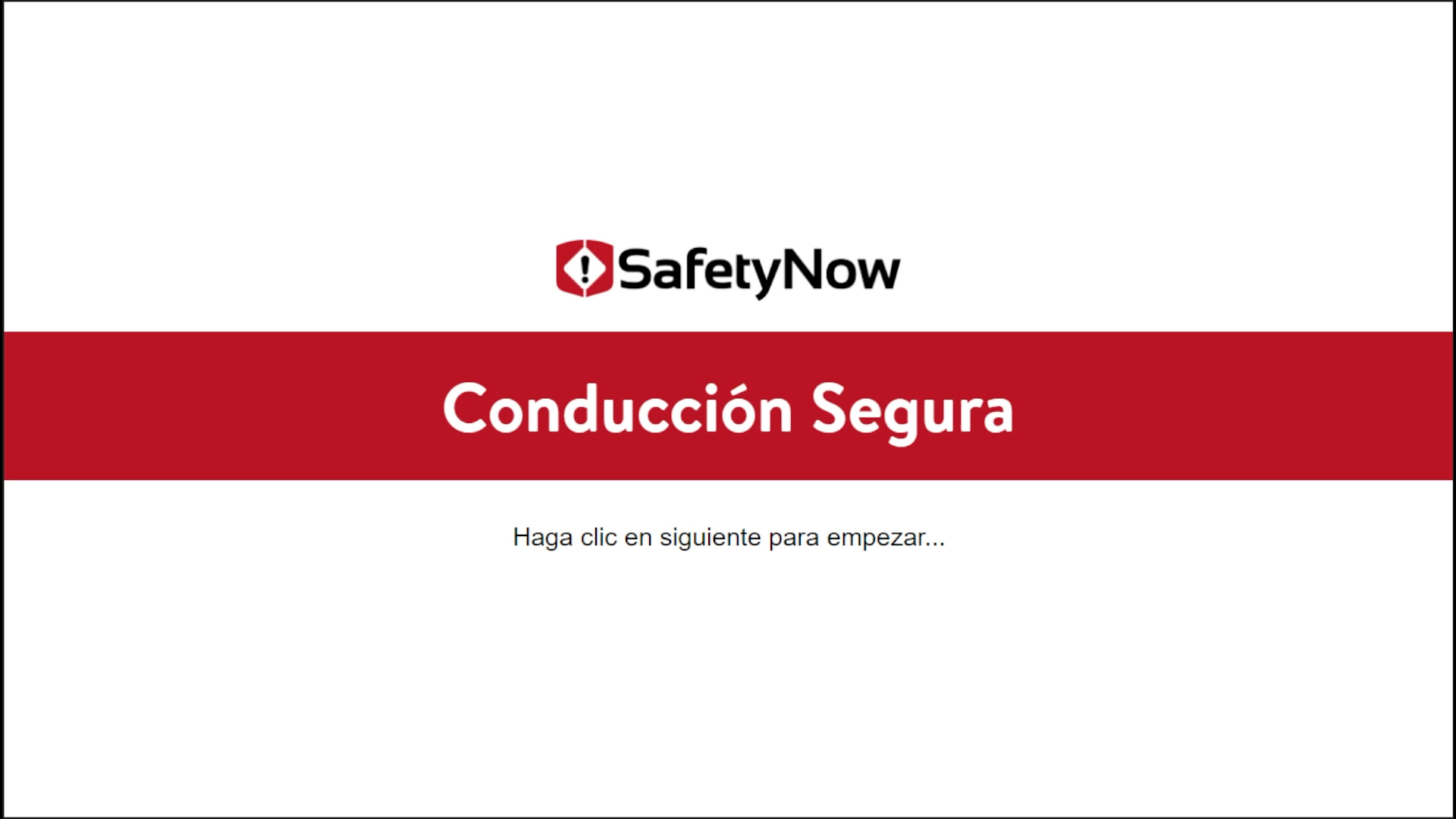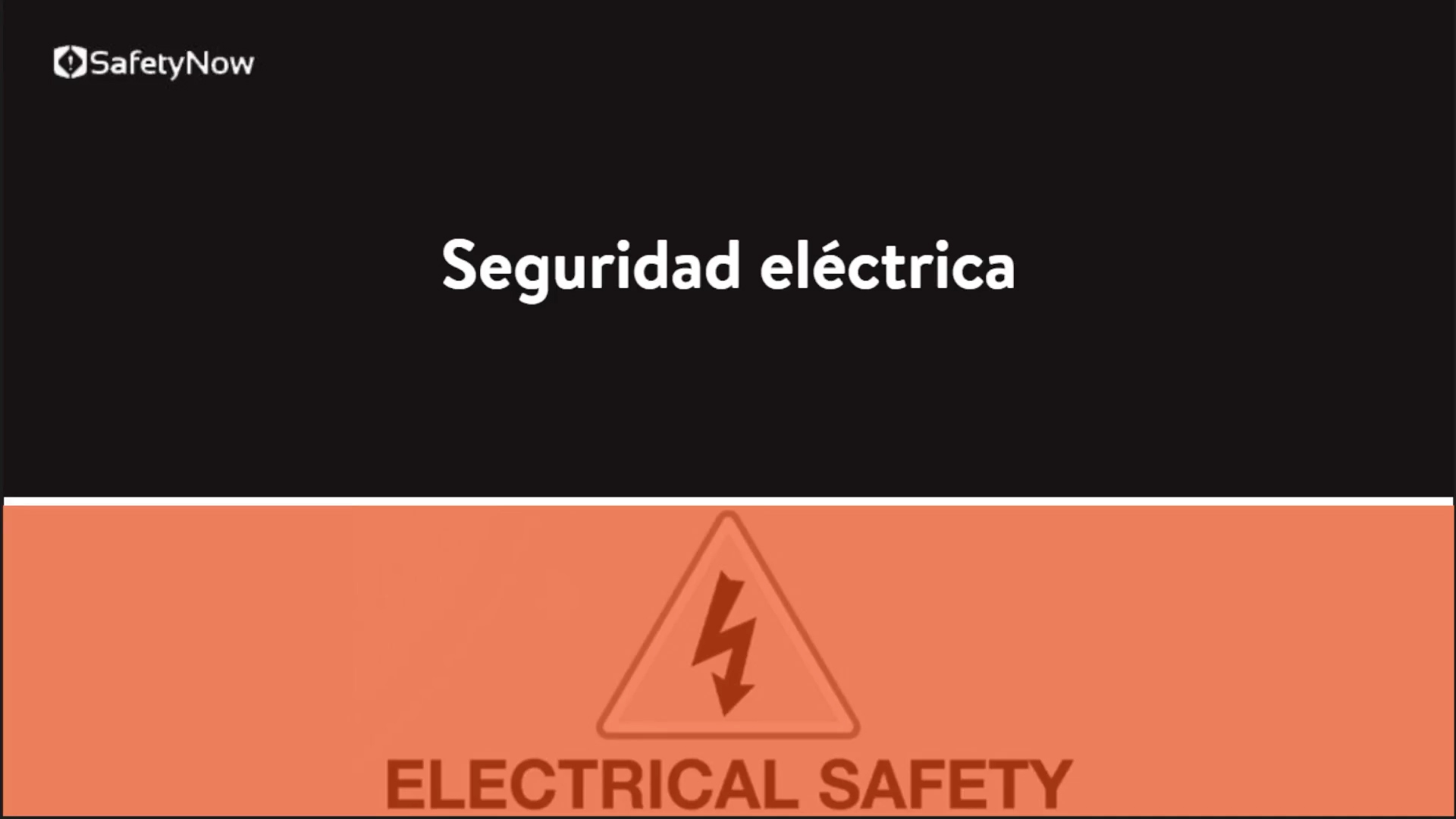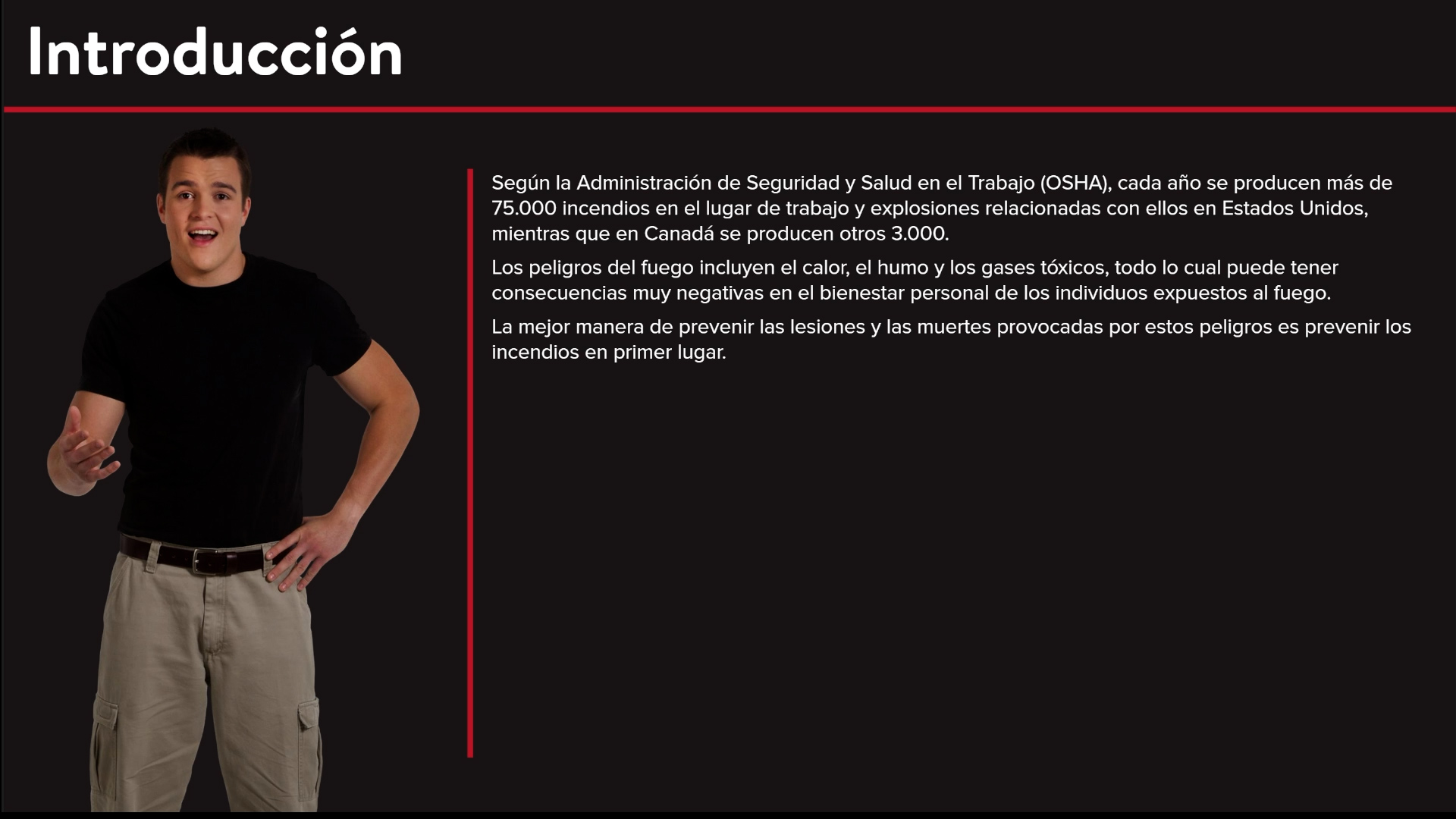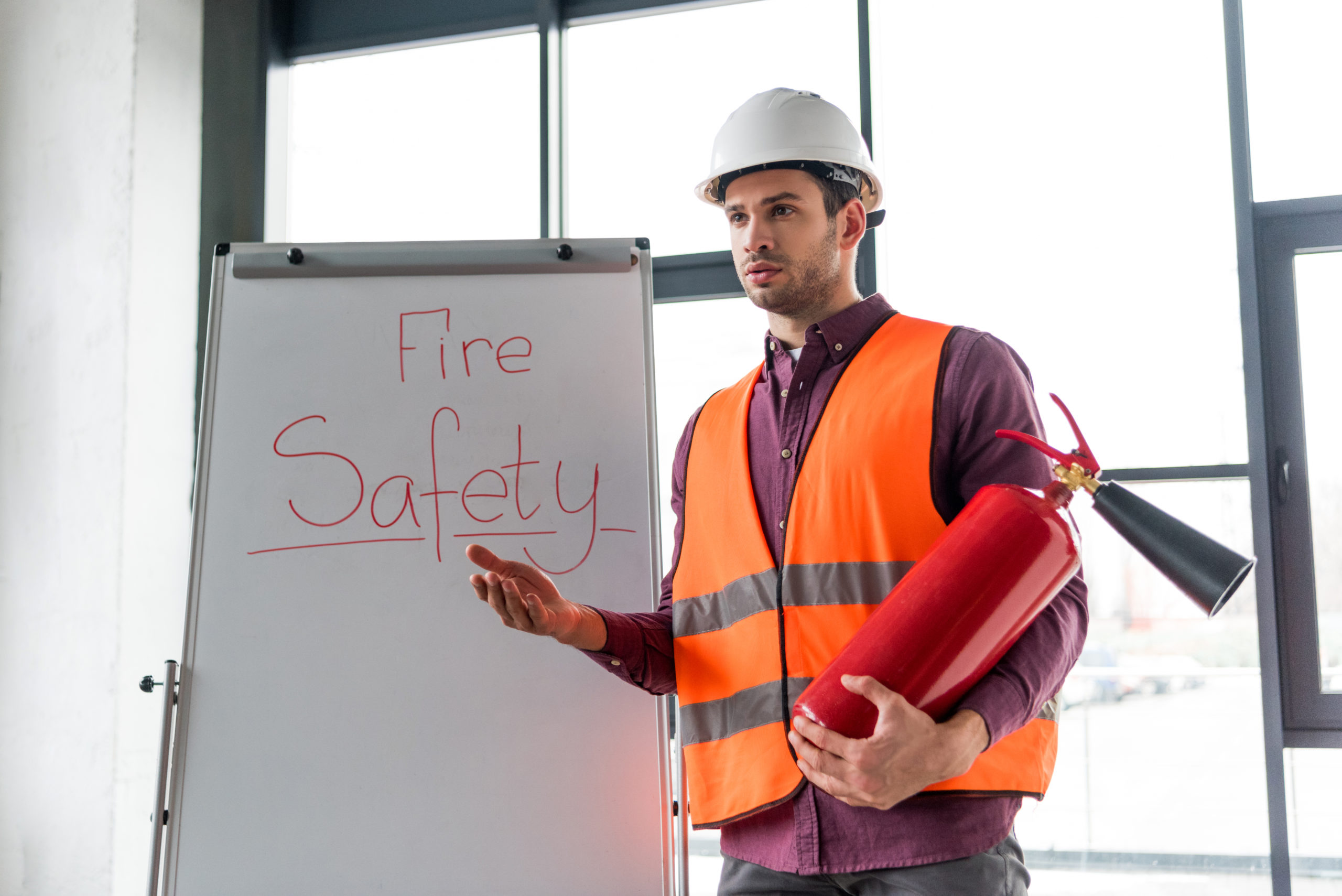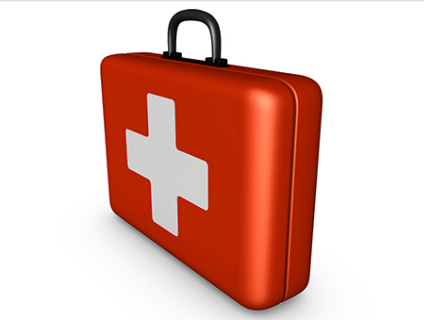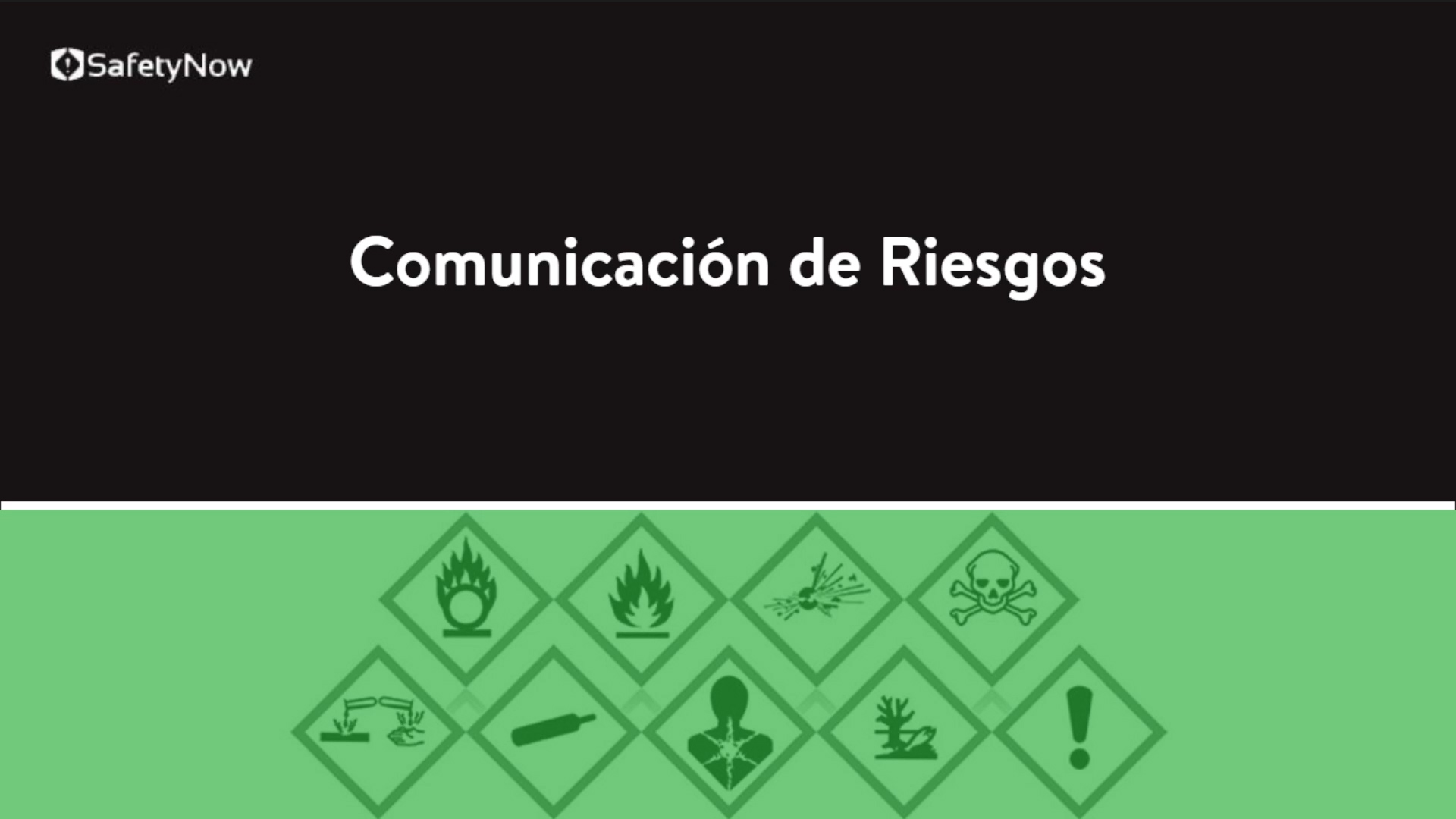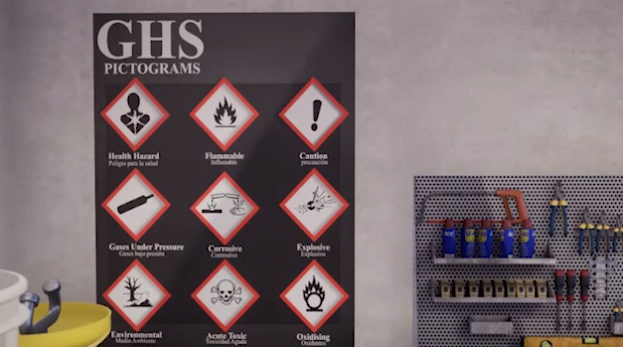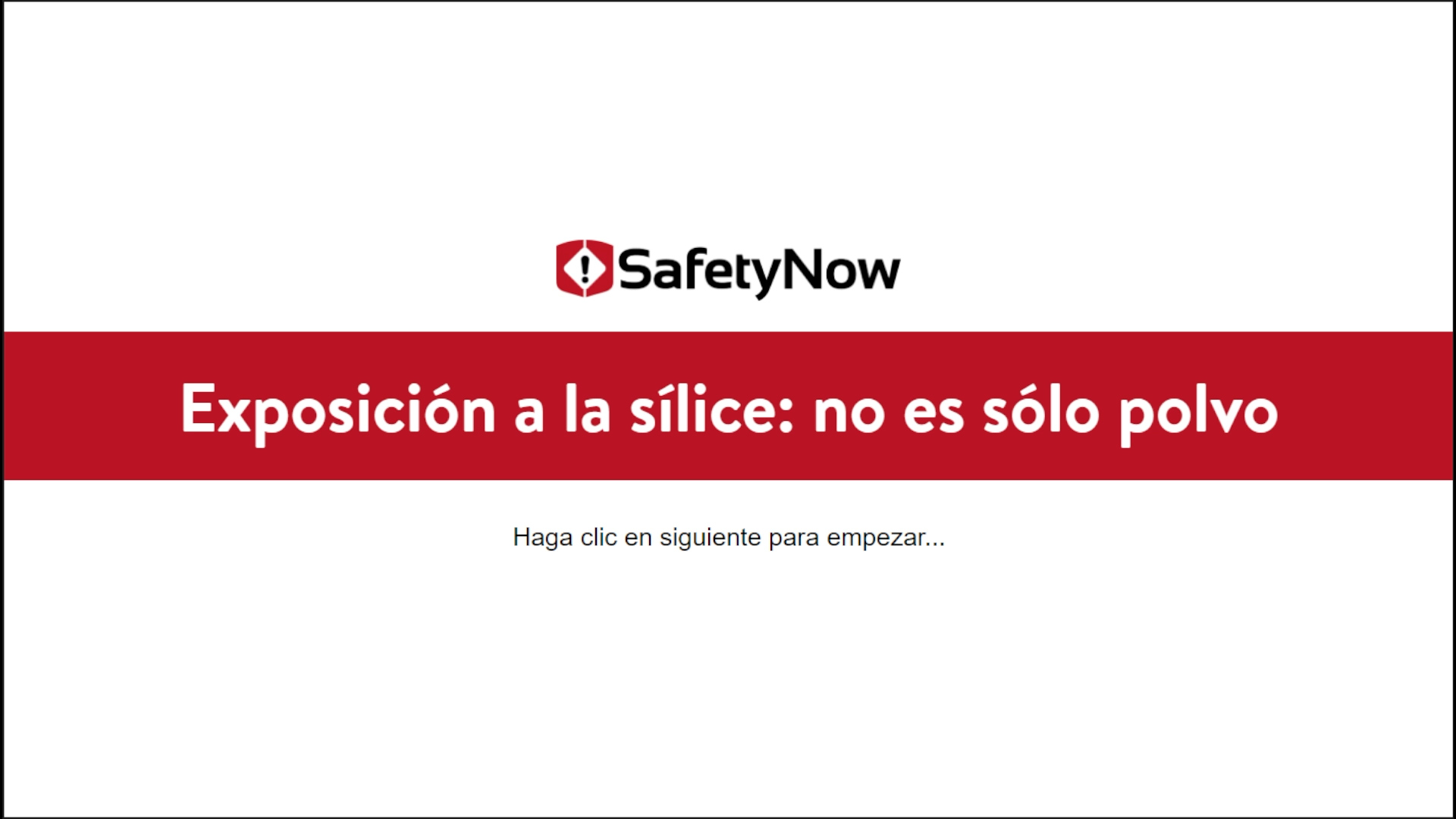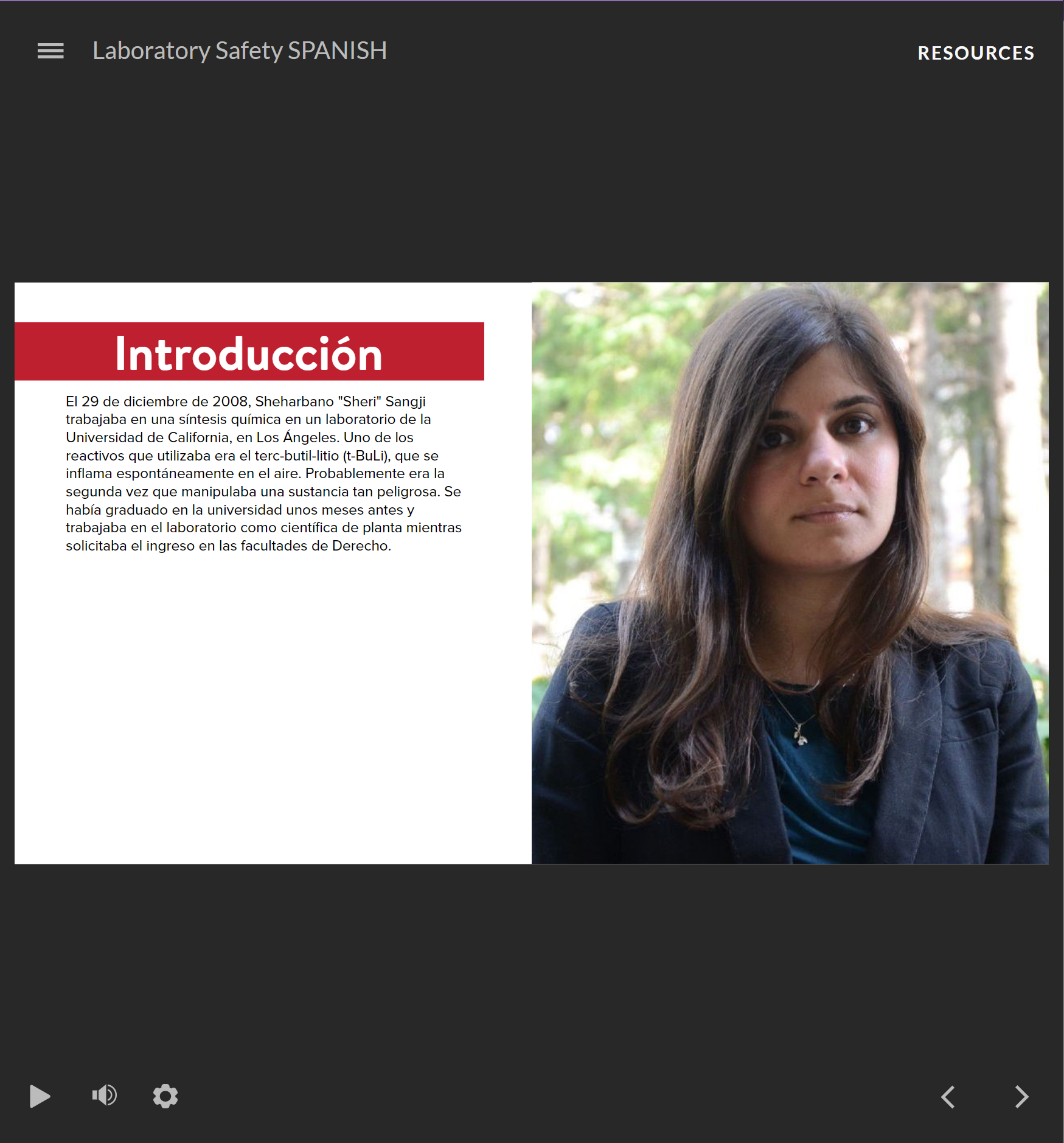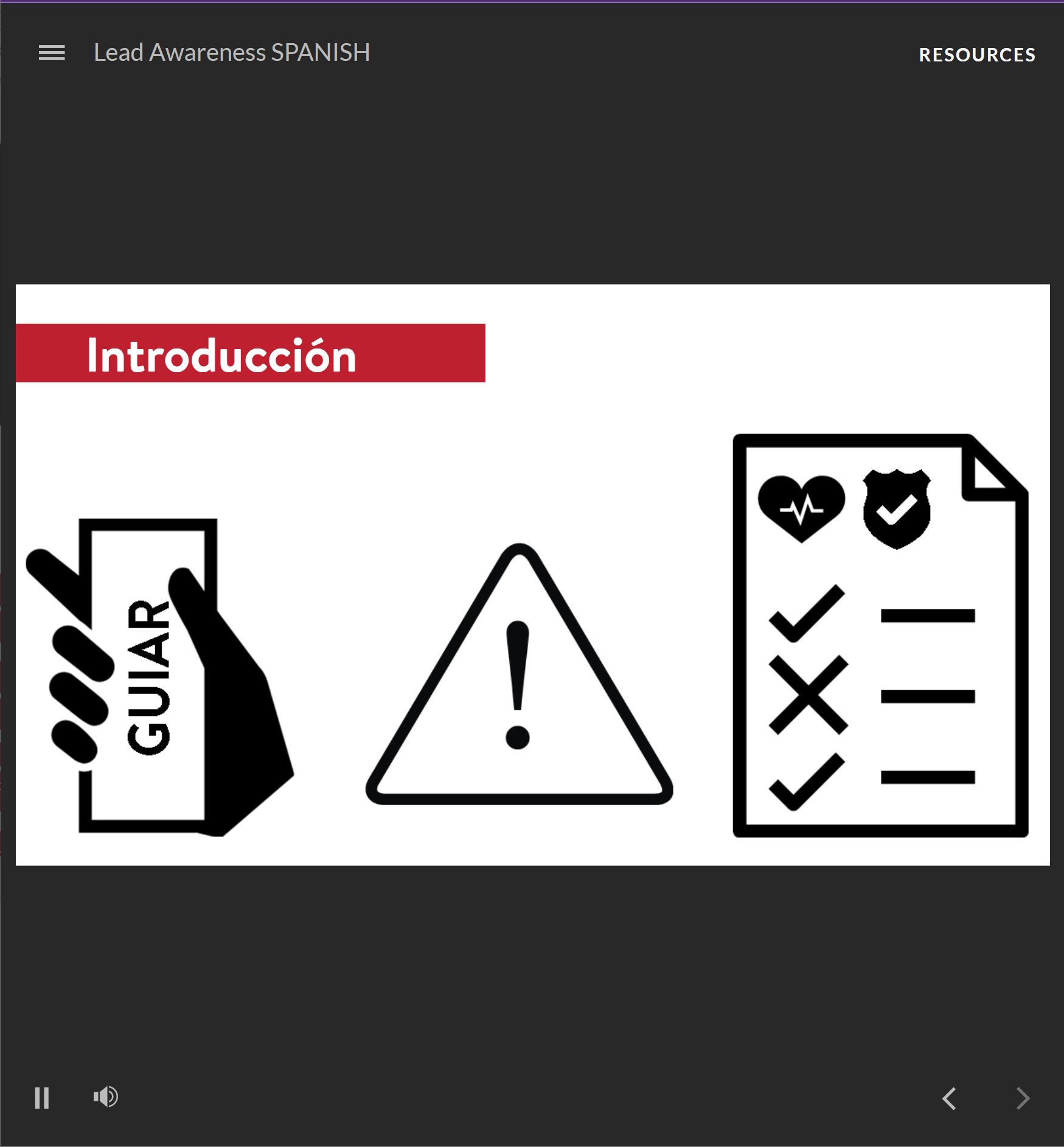-
Sale!

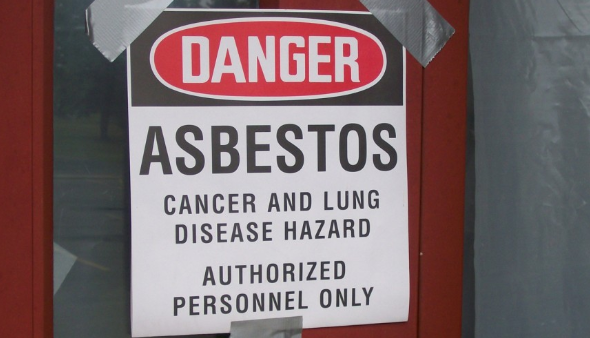 El asbesto es un material increíblemente peligroso que ha causado miles de muertes. En este curso, los alumnos recibirán formación para comprender los peligros de la exposición e inhalación del amianto, así como la forma de minimizar la exposición al material tóxico.
El asbesto es un material increíblemente peligroso que ha causado miles de muertes. En este curso, los alumnos recibirán formación para comprender los peligros de la exposición e inhalación del amianto, así como la forma de minimizar la exposición al material tóxico. -
Sale!

 Este curso le enseñará a los aprendices a reconocer los riesgos químicos en el lugar de trabajo, siendo capaces de detectarlos, protegerse y comprender los programas de Hazcom existentes.
Este curso le enseñará a los aprendices a reconocer los riesgos químicos en el lugar de trabajo, siendo capaces de detectarlos, protegerse y comprender los programas de Hazcom existentes. -
Sale!
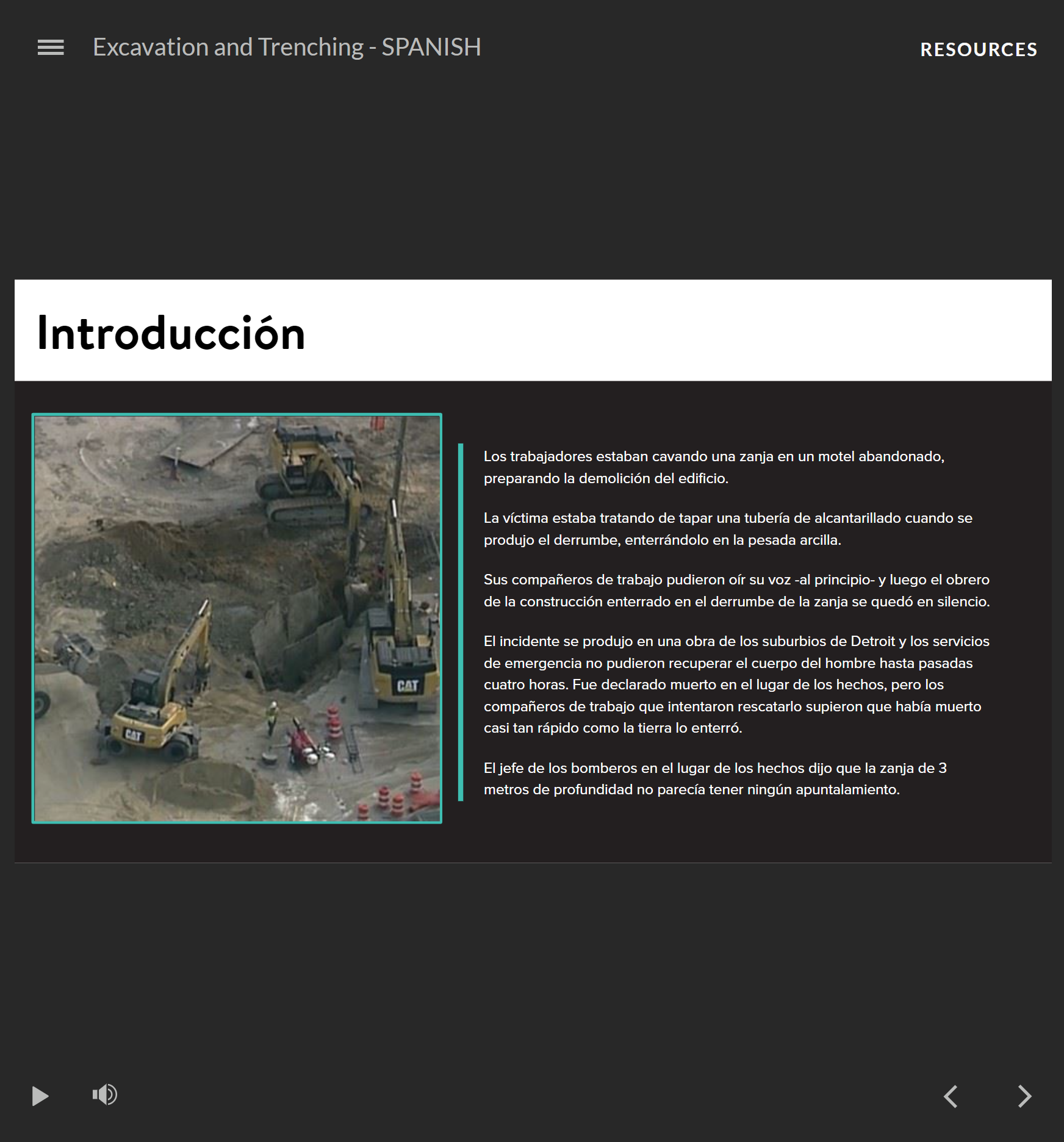
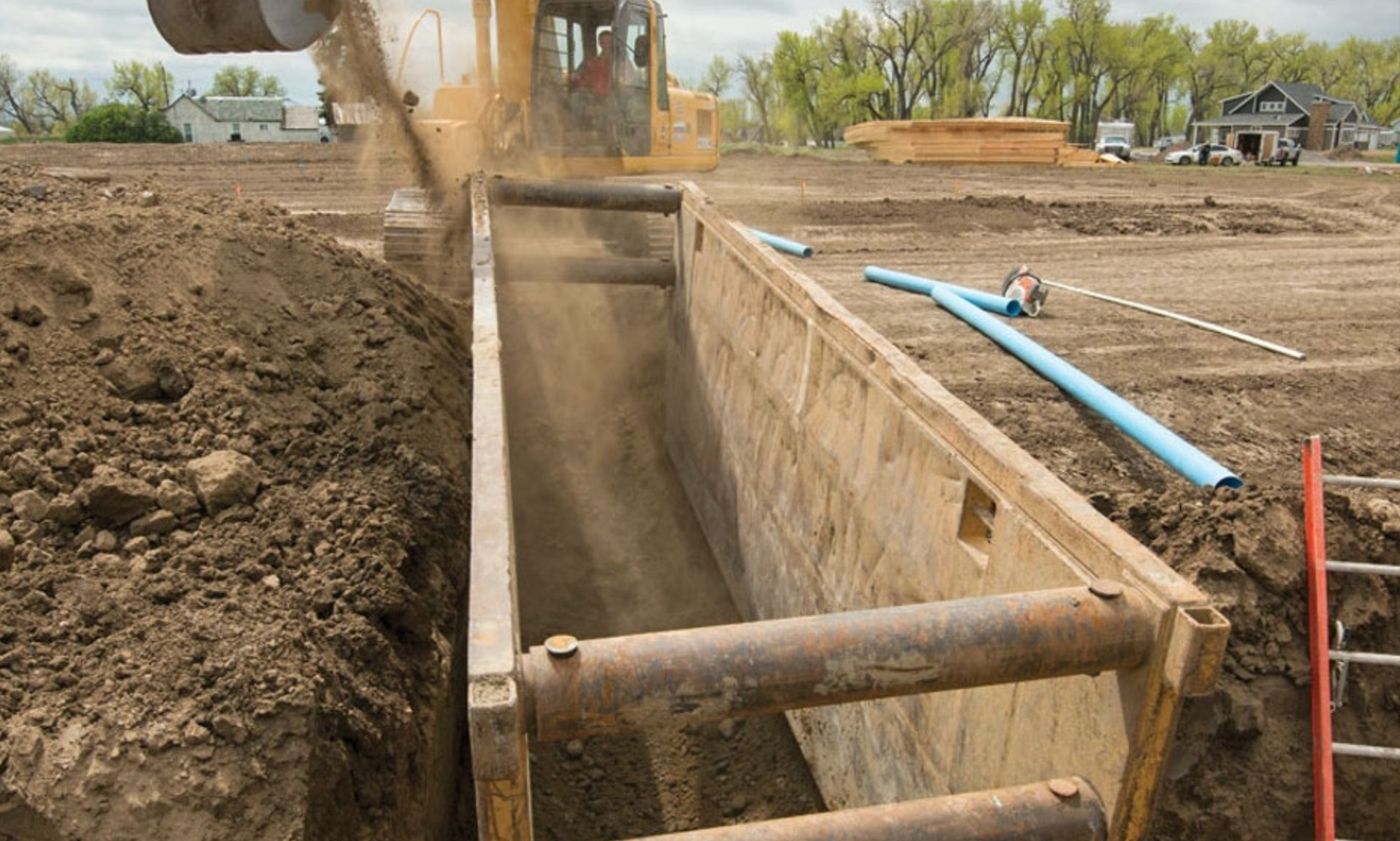 Los trabajos de excavación y zanjas matan a más de 50 trabajadores al año. Los empleados aprenderán a identificar los riesgos de excavación y zanja, las prácticas de trabajo seguras y los sistemas de protección, así como a recordar los requisitos de protección contra derrumbes diseñados para mantener a los trabajadores seguros.
Los trabajos de excavación y zanjas matan a más de 50 trabajadores al año. Los empleados aprenderán a identificar los riesgos de excavación y zanja, las prácticas de trabajo seguras y los sistemas de protección, así como a recordar los requisitos de protección contra derrumbes diseñados para mantener a los trabajadores seguros. -
Sale!
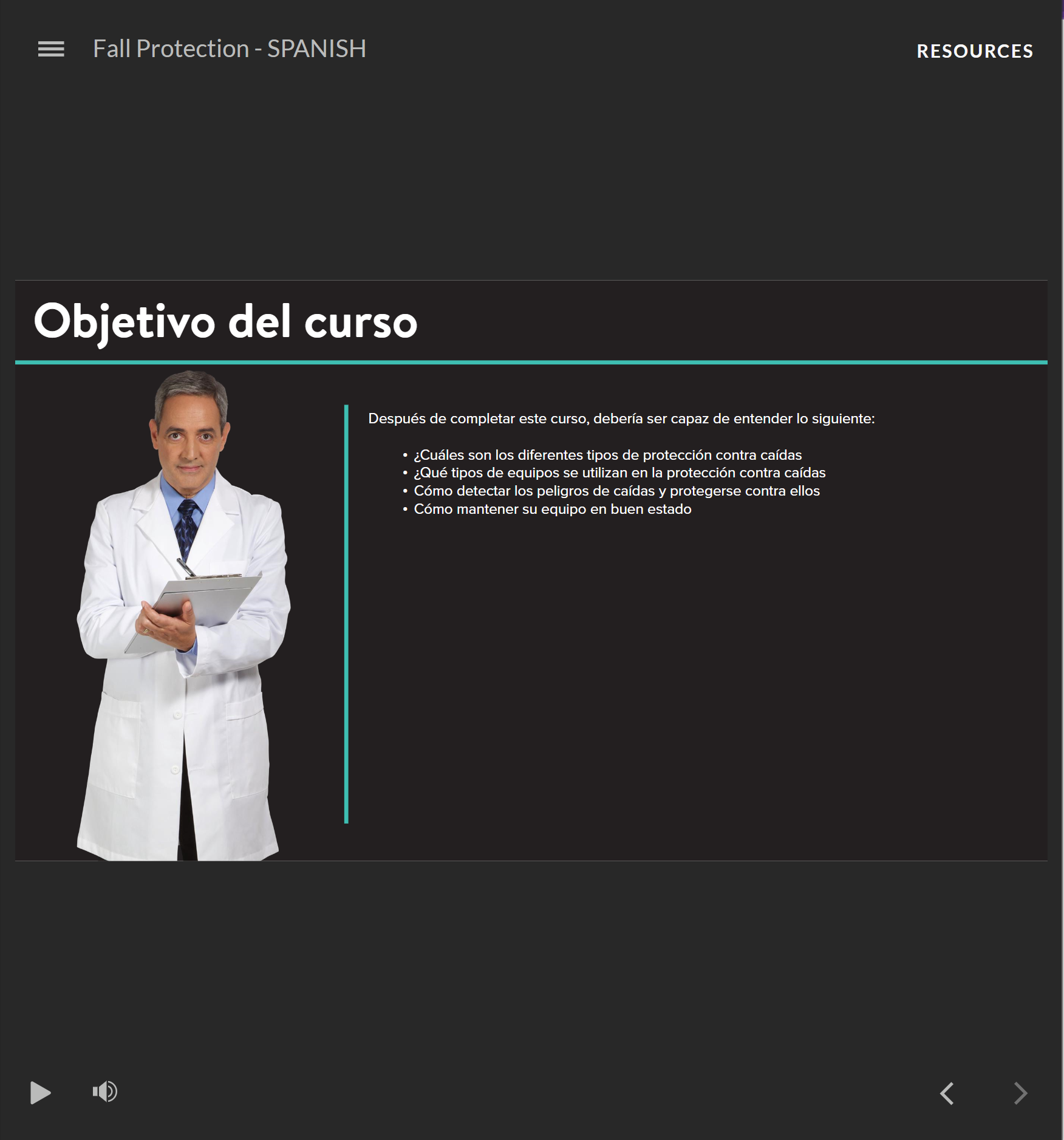
 The construction industry has an average of over 360 fatal falls per year. The purpose of this course is to bring awareness to fall hazards and the proper use of Fall Protection, Work Positioning, Fall Restraint, and Fall Arrest systems. (Spanish Version)
The construction industry has an average of over 360 fatal falls per year. The purpose of this course is to bring awareness to fall hazards and the proper use of Fall Protection, Work Positioning, Fall Restraint, and Fall Arrest systems. (Spanish Version) -
Sale!

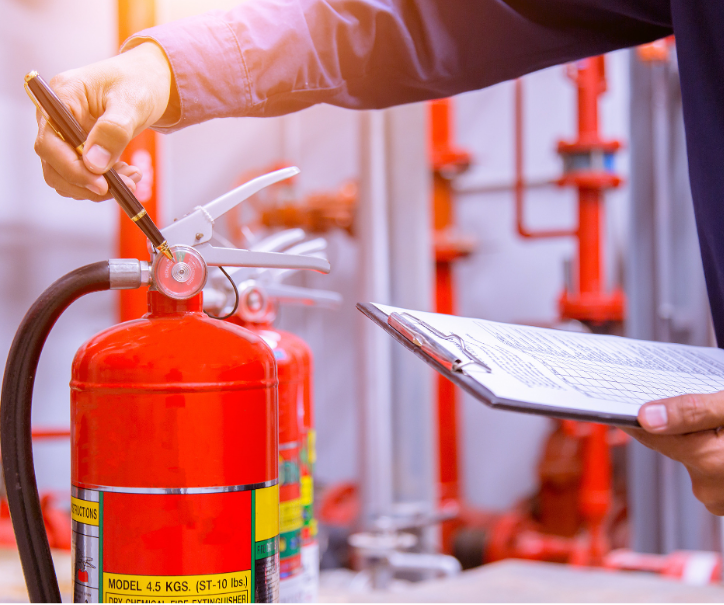 Fire extinguishers are one of the most reliable ways to put out fires in the workplace. Fire extinguishers are not a requirement, but if employers choose to provide them they must train workers in general fire extinguisher use to comply with standards. In this course, you will be able to Identify fire and extinguisher basics, Evaluate conditions to determine whether to evacuate or fight the fire and Demonstrate the techniques used to extinguish a fire. (Spanish Version)
Fire extinguishers are one of the most reliable ways to put out fires in the workplace. Fire extinguishers are not a requirement, but if employers choose to provide them they must train workers in general fire extinguisher use to comply with standards. In this course, you will be able to Identify fire and extinguisher basics, Evaluate conditions to determine whether to evacuate or fight the fire and Demonstrate the techniques used to extinguish a fire. (Spanish Version) -
Sale!
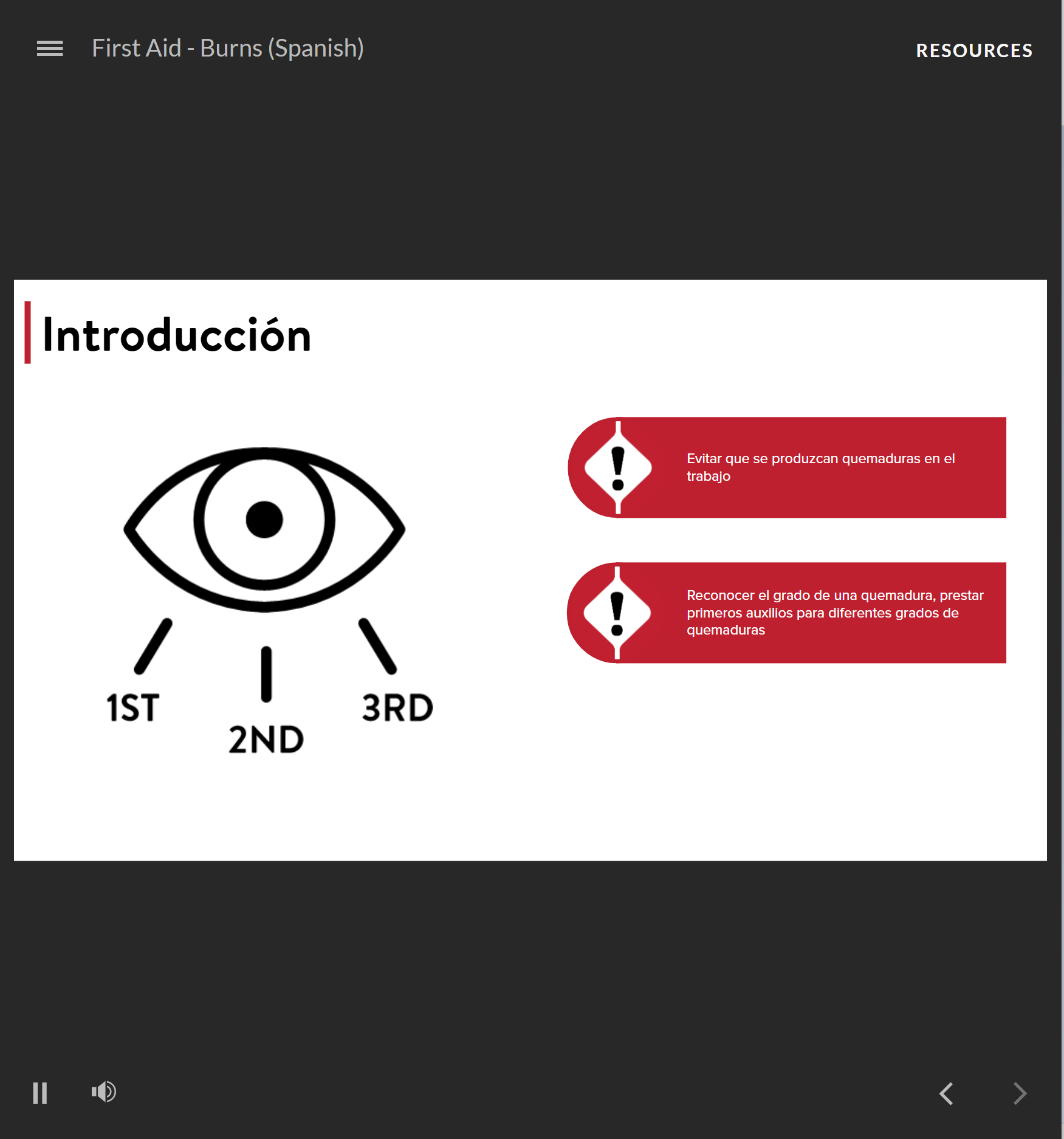
 En este curso, aprenderá a evitar que se produzcan quemaduras en el trabajo, a reconocer el grado de una quemadura, a prestar primeros auxilios para diferentes grados de quemaduras y a prestar primeros auxilios para tipos especiales de quemaduras, incluidas las quemaduras eléctricas, las quemaduras por derrames químicos y las quemaduras térmicas (por calor).
En este curso, aprenderá a evitar que se produzcan quemaduras en el trabajo, a reconocer el grado de una quemadura, a prestar primeros auxilios para diferentes grados de quemaduras y a prestar primeros auxilios para tipos especiales de quemaduras, incluidas las quemaduras eléctricas, las quemaduras por derrames químicos y las quemaduras térmicas (por calor). -
Sale!
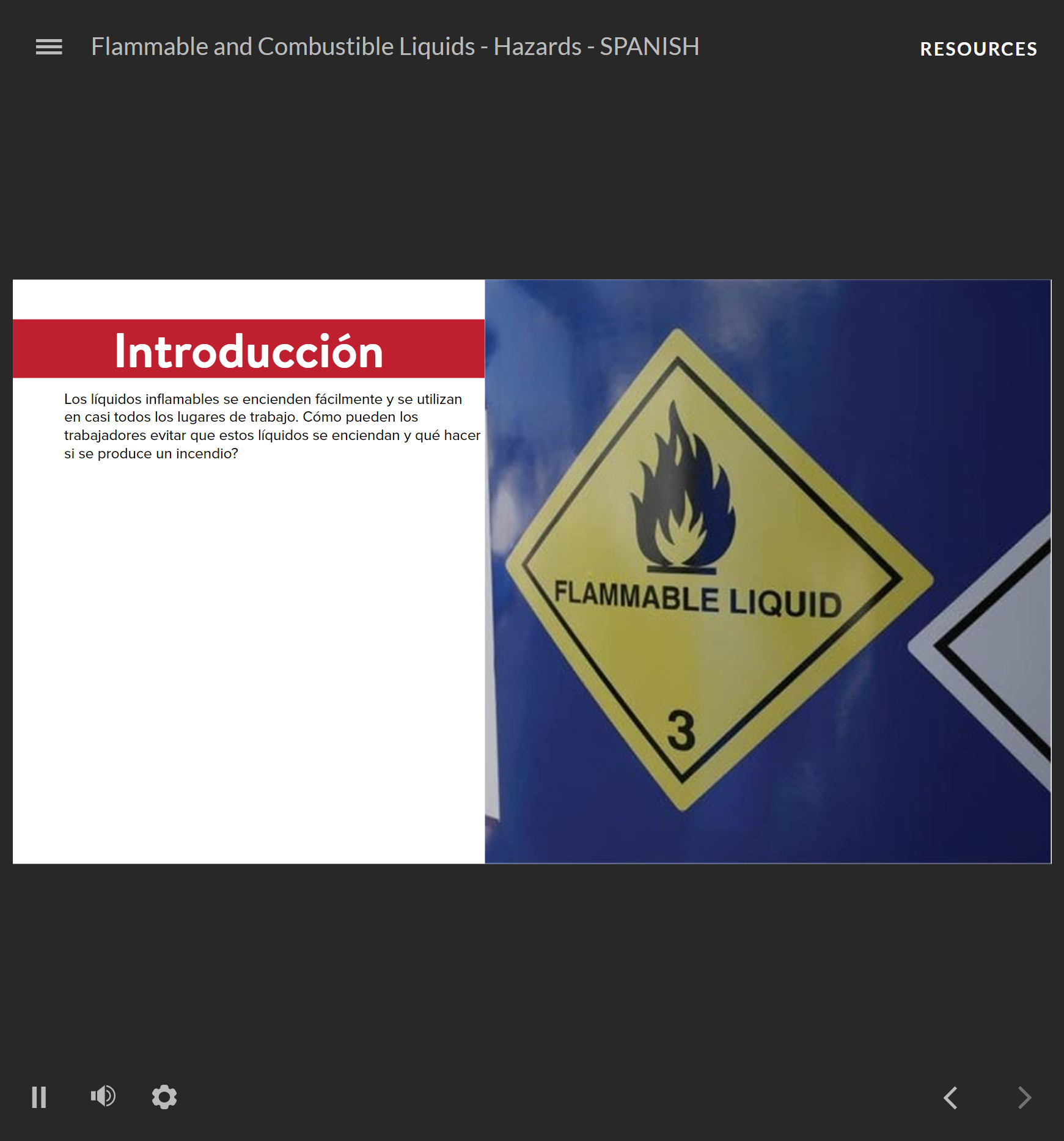
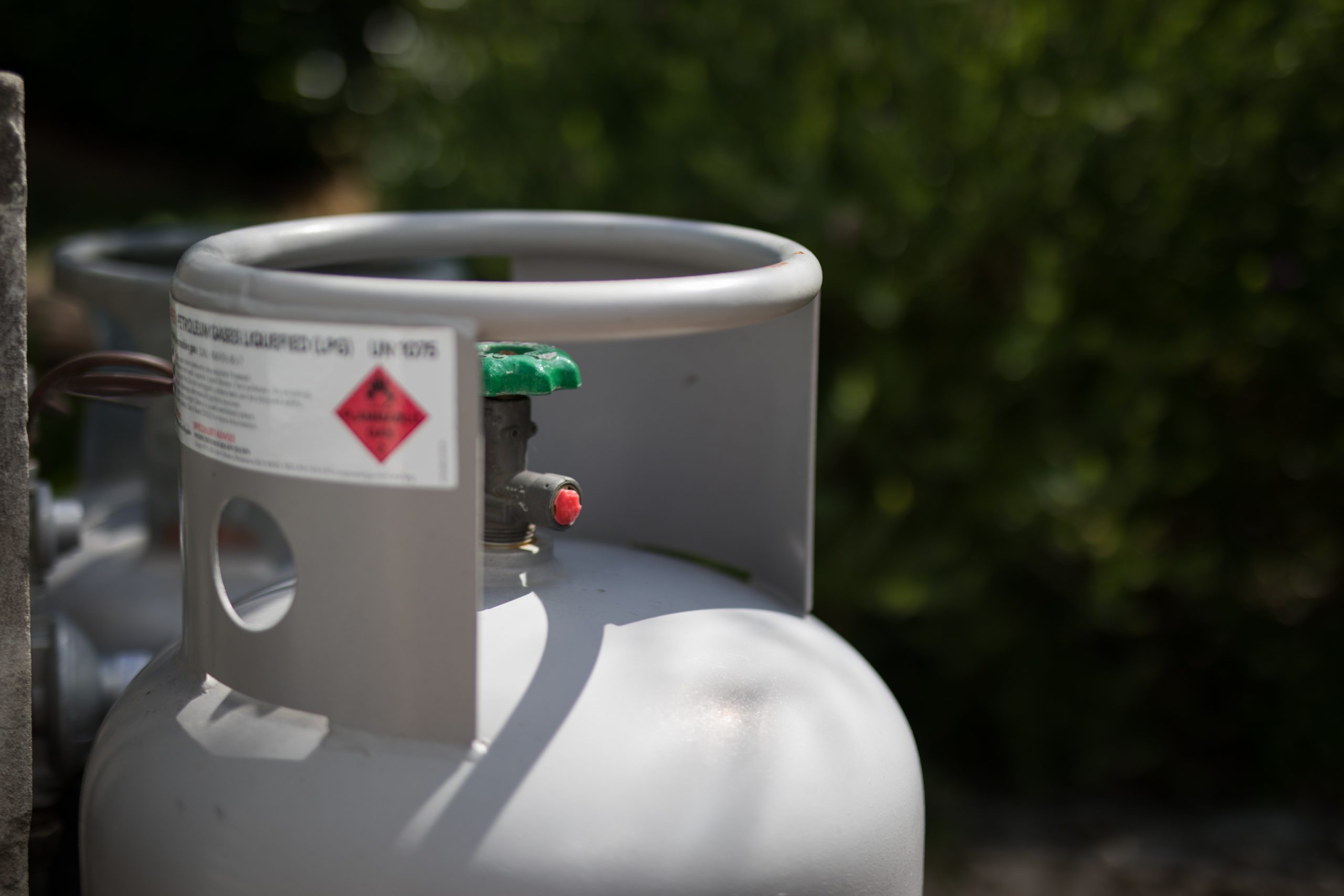 Los líquidos inflamables y combustibles son líquidos que pueden arder. Cómo pueden los trabajadores evitar que estos líquidos se enciendan y qué hacer si se produce un incendio?
Los líquidos inflamables y combustibles son líquidos que pueden arder. Cómo pueden los trabajadores evitar que estos líquidos se enciendan y qué hacer si se produce un incendio? -
Sale!
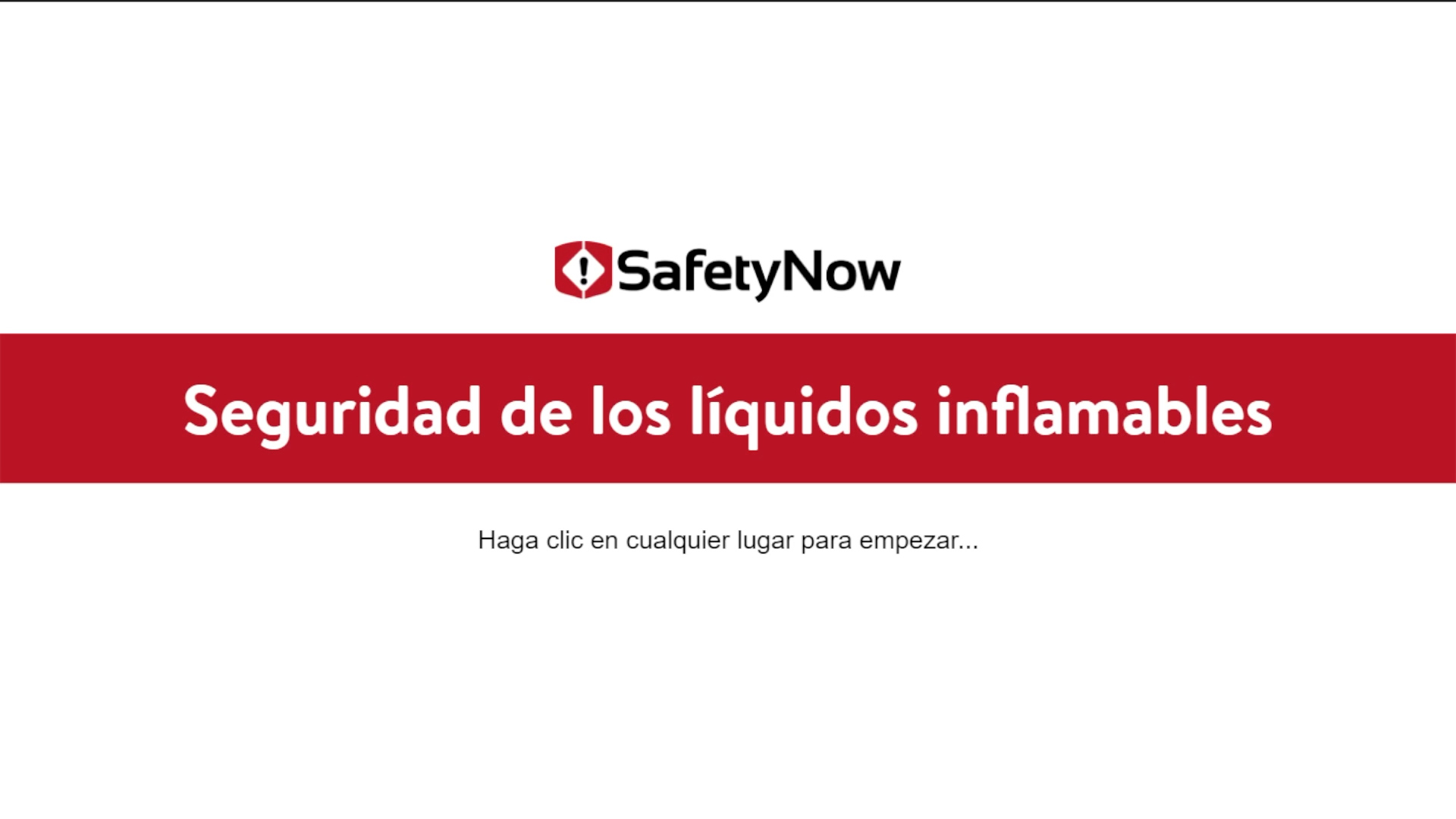
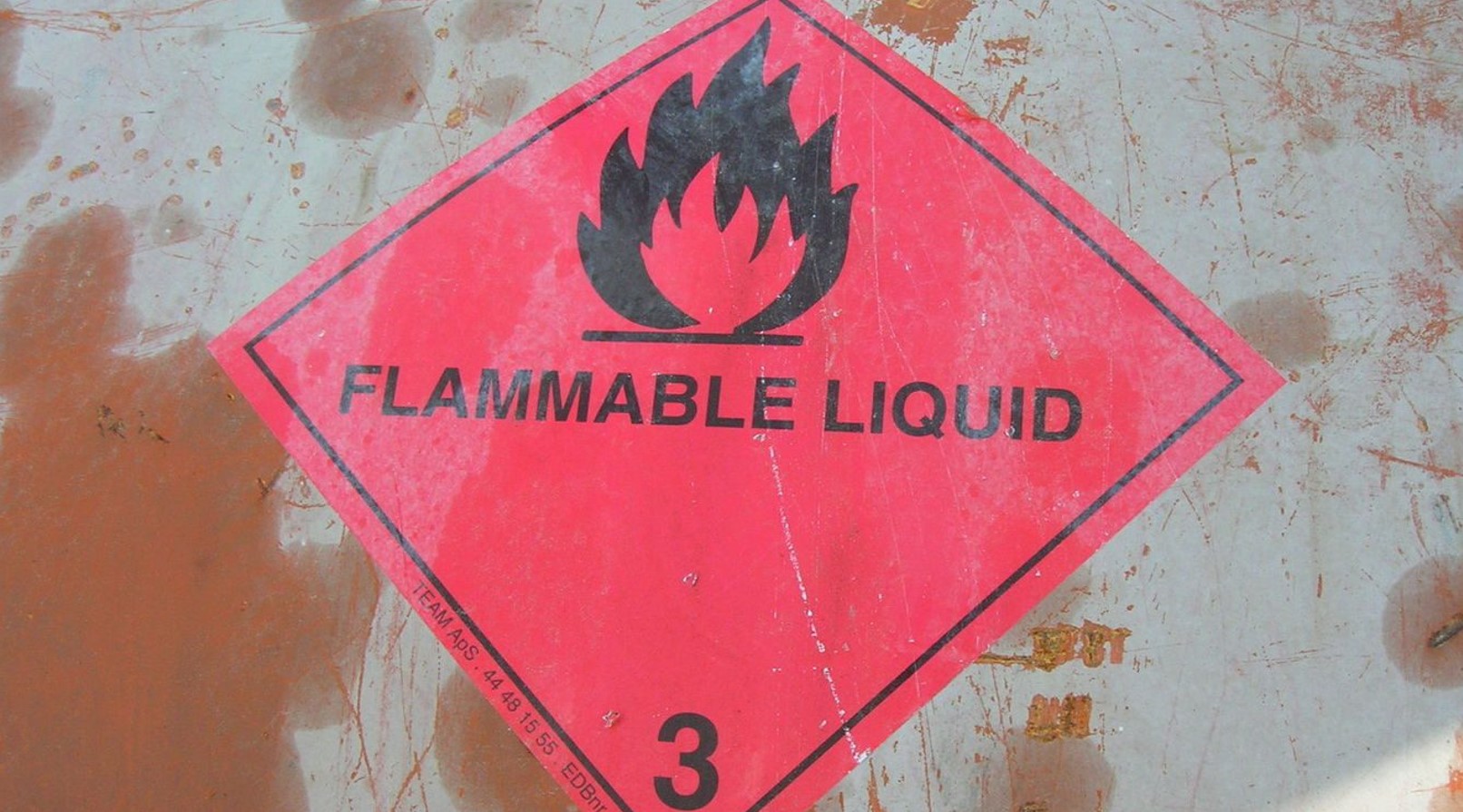 This course will cover flammable liquid safety including emergency evacuation, Use of portable fire extinguishers, spill response procedures, use, handling practices, procedures (including storage and transfer), area limitations such as no-smoking rules, open-flame rules, etc., ventilation systems, housekeeping procedures and special concerns. (Spanish Version)
This course will cover flammable liquid safety including emergency evacuation, Use of portable fire extinguishers, spill response procedures, use, handling practices, procedures (including storage and transfer), area limitations such as no-smoking rules, open-flame rules, etc., ventilation systems, housekeeping procedures and special concerns. (Spanish Version) -
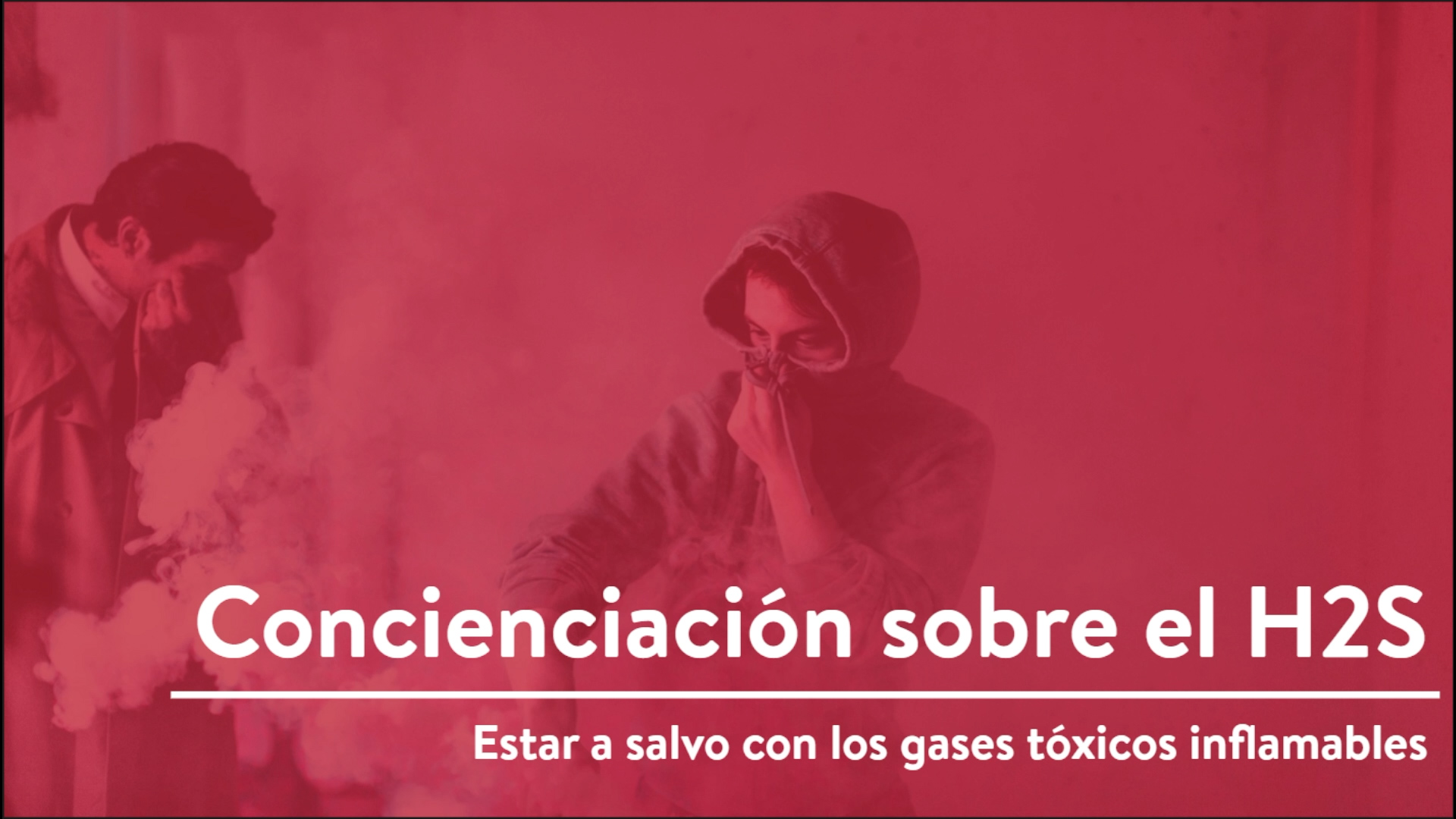
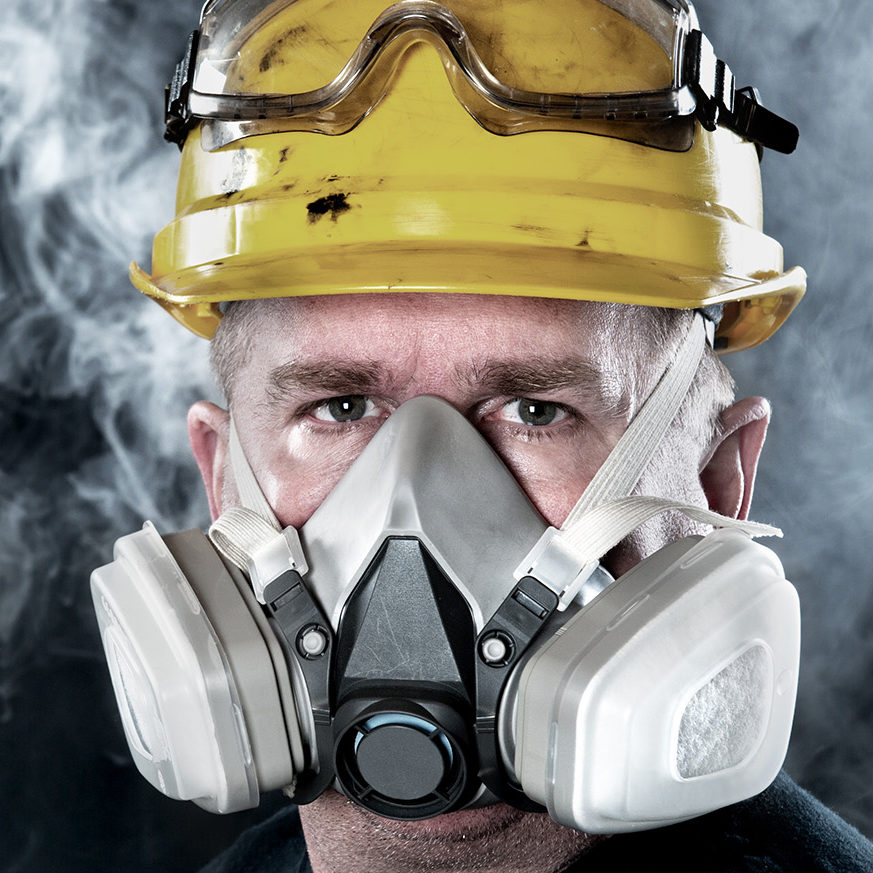 In this course you’ll learn about the chemistry of Hydrogen Sulfide and how it is formed, the properties and characteristics of the gas, where Hydrogen Sulfide is likely to be located in your workplace, the potential health hazards of short term and long term H2S exposure, how to work safely with Hydrogen Sulfide and emergency response steps to take should you or a co-worker be exposed to this gas. (Spanish Version)
In this course you’ll learn about the chemistry of Hydrogen Sulfide and how it is formed, the properties and characteristics of the gas, where Hydrogen Sulfide is likely to be located in your workplace, the potential health hazards of short term and long term H2S exposure, how to work safely with Hydrogen Sulfide and emergency response steps to take should you or a co-worker be exposed to this gas. (Spanish Version) -
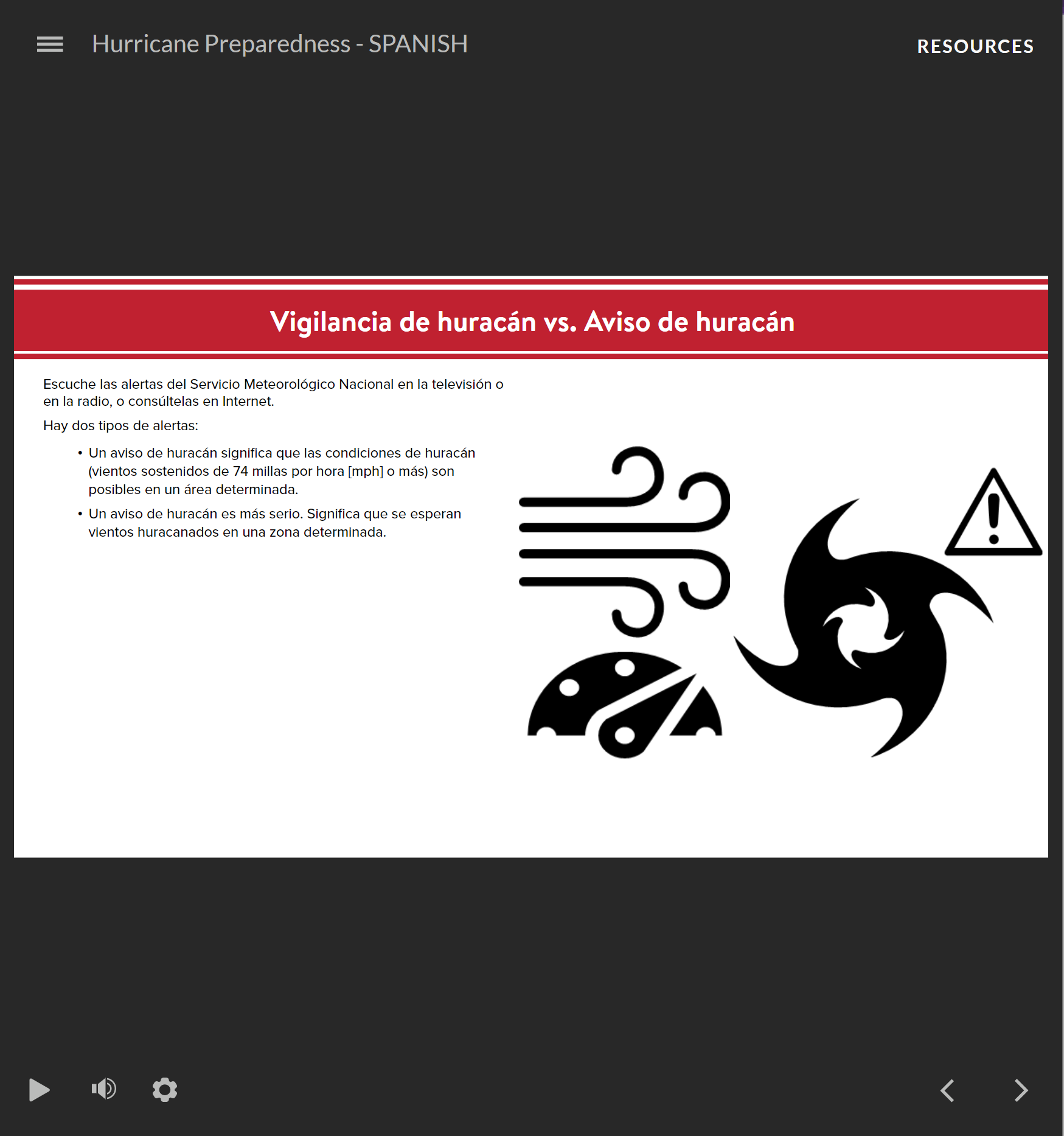
 Hurricanes are dangerous and can cause major damage because of storm surge, wind damage, and flooding. They typically form around the equator, but hurricanes can hit much more Northern or Southern coastlines and any territory in the Atlantic or Pacific oceans. This course will help you understand how to prepare for a hurricane. (Spanish Version)
Hurricanes are dangerous and can cause major damage because of storm surge, wind damage, and flooding. They typically form around the equator, but hurricanes can hit much more Northern or Southern coastlines and any territory in the Atlantic or Pacific oceans. This course will help you understand how to prepare for a hurricane. (Spanish Version) -
Sale!
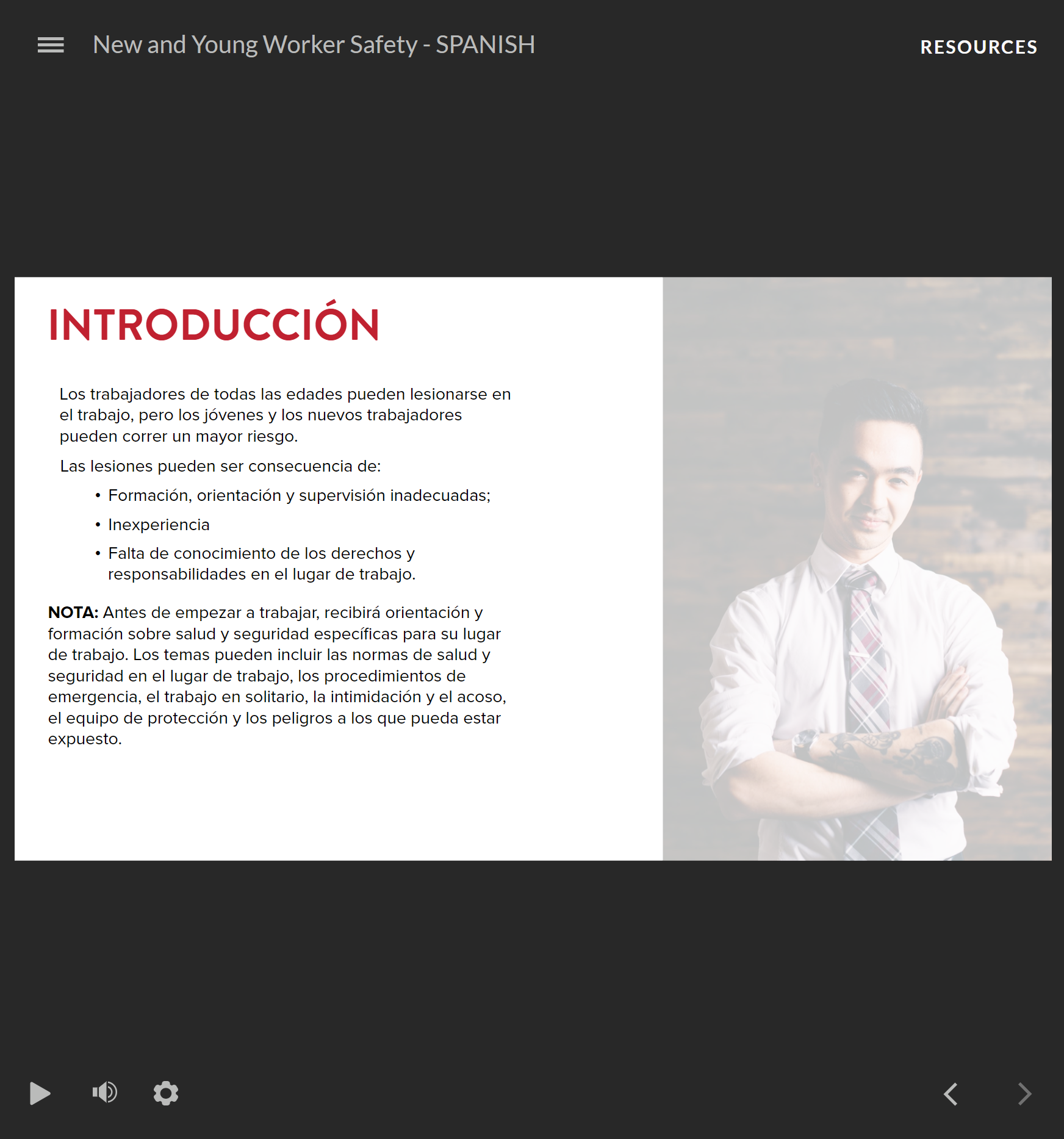
 Workers of all ages can be injured at work, but young and new workers may be more at risk. Injuries can result from inadequate training, orientation, and supervision; inexperience; and lack of awareness of workplace rights and responsibilities. This course will review risks , rights and responsibilities and refusing unsafe work. (Spanish Version)
Workers of all ages can be injured at work, but young and new workers may be more at risk. Injuries can result from inadequate training, orientation, and supervision; inexperience; and lack of awareness of workplace rights and responsibilities. This course will review risks , rights and responsibilities and refusing unsafe work. (Spanish Version) -
Sale!
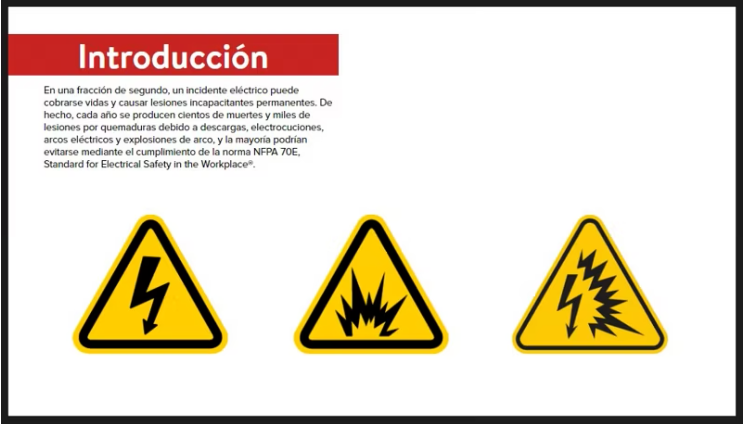
 This course covers electrical regulations, arc flash/arc blast hazards, arc flash risk analysis, flash protection and approach boundaries, PPE and levels of protective clothing, and safe work practices to protect workers around live and exposed parts.
This course covers electrical regulations, arc flash/arc blast hazards, arc flash risk analysis, flash protection and approach boundaries, PPE and levels of protective clothing, and safe work practices to protect workers around live and exposed parts.

